
- Homepage
- Artist
- Andy Warhol (182)
- Banksy (11)
- Chris Boyle (17)
- Corbellic (36)
- David Gerstein (25)
- Death Nyc (140)
- James Rizzi (17)
- Joan Miro (5)
- Josh Agle (7)
- Kaws (6)
- Keith Haring (25)
- Leroy Neiman (149)
- Mark Kazav (25)
- Pablo Picasso (61)
- Peter Max (37)
- Roy Lichtenstein (40)
- Salvador Dali (9)
- Serge Averbukh (11)
- Shag (josh Agle) (6)
- Shepard Fairey (11)
- ... (414)
- Framing
- Signed
- Size
- Theme
- Americana (2)
- Animals (6)
- Animation, Art (2)
- Art (193)
- Art, Movies (3)
- Art, Music (15)
- Art, Music, Portrait (3)
- Art, People, Sports (2)
- Art, Pop Art (6)
- Art, Portrait (8)
- Celebrities (2)
- Fantasy (6)
- Floral (2)
- Graffiti (104)
- Inspirational (4)
- Movies (2)
- Music (2)
- Nature (6)
- Sports (35)
- Wicked Witch (2)
- ... (829)
- Type
Mel Ramos, Lola Cola, Plate Signed Lithograph
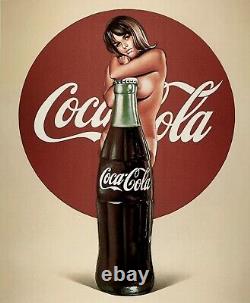
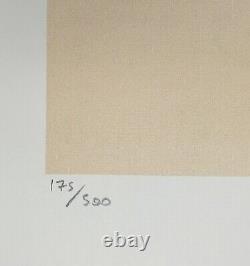
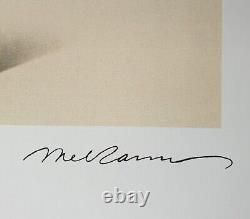
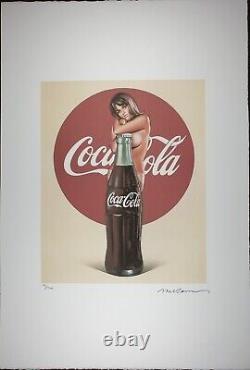
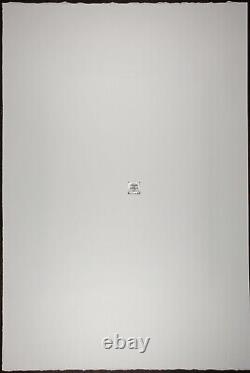
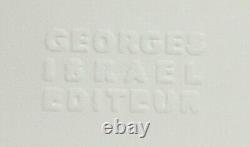
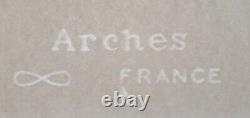
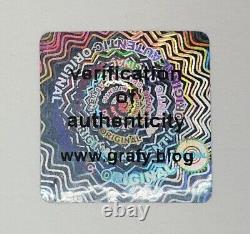


Mel Ramos, Tyra Tire, Plate Signed Lithograph. 38.3 x 57.1. 15.07" x 22.48". 25.6 x 31.5. 10.07" x 12.40".
It sells as a copy -'As is. No certificate of authenticity (COA).You will receive the item from the photos. Belgium, Spain and the United Kingdom various dealers, auctions, sales, antique shops, markets, and art collectors.
I accept return within 14 days. The lithograph will be without a frame. Is a printing process that uses a flat stone or metal plate on which the image areas are worked using a greasy substance so that the ink will adhere to them by, while the non-image areas are made ink-repellent.A printing process based on the fact that grease and water do not mix. The image is applied to a grained surface (traditionally stone but now usually aluminium) using a greasy medium: such as a special greasy ink - called tusche, crayon, pencils, lacquer, or synthetic materials. Photochemical or transfer processes can also be used. A solution of gum arabic and nitric acid is then applied over the surface, producing water-receptive non-printing areas and grease-receptive image areas. The printing surface is kept wet so that a roller charged with oil-based ink can be rolled over the surface, and ink will only stick to the grease-receptive image area.
Paper is then placed against the surface, and the plate is run through a press. Lithography was invented in the late eighteenth century, initially using Bavarian limestone as the printing surface.Its invention made it possible to print a much wider range of marks and areas of tone than possible with earlier printmaking relief intaglio methods. It also made colour printing easier: areas of different colours can be applied to separate stones and overprinted onto the same sheet. Offset lithography involves printing the image onto an intermediate surface before the final sheet.
The process is'offset' because the plate does not come in direct contact with the paper, which preserves the quality of the plate. With offset lithography, the image is reversed twice and appears on the final sheet the same way round as on the stone or plate. ETCHING is a printmaking technique that uses chemical action to produce incised lines in a metal printing plate which then hold the applied ink and form the image. The plate, traditionally copper but now usually zinc, is prepared with an acid-resistant ground.
Lines are drawn through the ground, exposing the metal. The plate is then immersed in acid, and the exposed metal is'bitten', producing incised lines.Stronger acid and longer exposure produce more deeply bitten lines. The resist is removed, and ink applied to the sunken lines but wiped from the surface.
The plate is then placed against the paper and passed through a printing press with great pressure to transfer the ink from the recessed lines. Sometimes ink may be left on the plate surface to provide a background tone.Etching was used for decorating metal from the fourteenth century but was probably not used for printmaking much before the early sixteenth century. Since then many etching techniques have been developed, which are often used in conjunction with each other: soft-ground etching uses a non-drying resist or ground, to produce softer lines; spit bite involves painting or splashing acid onto the plate; open bite in which areas of the plate are exposed to acid with no resistance; photo-etching (also called photogravure or heliogravure) is produced by coating the printing plate with a light-sensitive acid-resist ground and then exposing this to light to reproduce a photographic image. Foul biting results from accidental or unintentional erosion of the acid resist. Like engraving, etching is an intaglio technique.
Intaglio refers to all printing and printmaking techniques that involve making indents or incisions into a plate or print surface which hold the ink when ink is applied to the surface and then wiped clean. Pop artist Mel Ramos, whose art was known for its striking juxtaposition of naked women with larger-than-life commercial products, has died at age 83.
While he never achieved the same level of fame as his fellow Pop art pioneers, Ramos was an important part of the first generation of American Pop artists. He was one of 12 artists, along with Andy Warhol and Roy Lichtenstein, in the Los Angeles County Museum of Art's 1963 Pop art show that showcased the burgeoning new movement, with Ramos's paintings appropriating comic book imagery of female superheroes. "That was the beginnings of Pop art, " Louis K. Meisel, who owns the eponymous Louis K. Meisel Gallery in New York, has been Ramos's dealer since 1971.Ramos originally showed with Leo Castelli, but the gallery wasn't interested when the artist started focusing on more overtly sexual female nudes, satirizing the traditional commercial pin-up girl. The artist was born in Sacramento on July 24, 1935, and died at Kaiser Permanente Oakland Medical Center on Sunday, October 14.
He studied art under fellow Pop artist Wayne Thiebaud at Sacramento Junior College before earning a bachelor's degree at Sacramento State College in 1957 and a master's at the school the following year. Ramos worked as an art professor at California State University, East Bay, from 1966 to 1997, and was still an emeritus professor there following his retirement, splitting his time between Spain and Oakland's Rockridge neighborhood. Ramos is survived by his daughter Rochelle, his wife, Leta, and his son, Skot. Ramos's sexualized imagery also led to criticism that the artist was demeaning women. "In the 1960s and'70s, feminism came along and there was this problem with nudity, " Meisel acknowledged.
In 2011, Ramos was the subject of a major survey at the Albertina in Vienna. His first hometown retrospective, "Mel Ramos: 50 Years of Superheroes, Nudes, and Other Pop Delights, " followed at Sacramento's Crocker Art Museum in 2012. His work can be found in the permanent collections of such prestigious institutions as New York's Museum of Modern Art, Solomon R.Guggenheim Museum, and Whitney Museum of American Art. Beyond NYC, the San Francisco Museum of Modern Art, the Norton Simon Museum in Pasadena, and the Hirshhorn Museum in Washington, DC, also hold his works.

